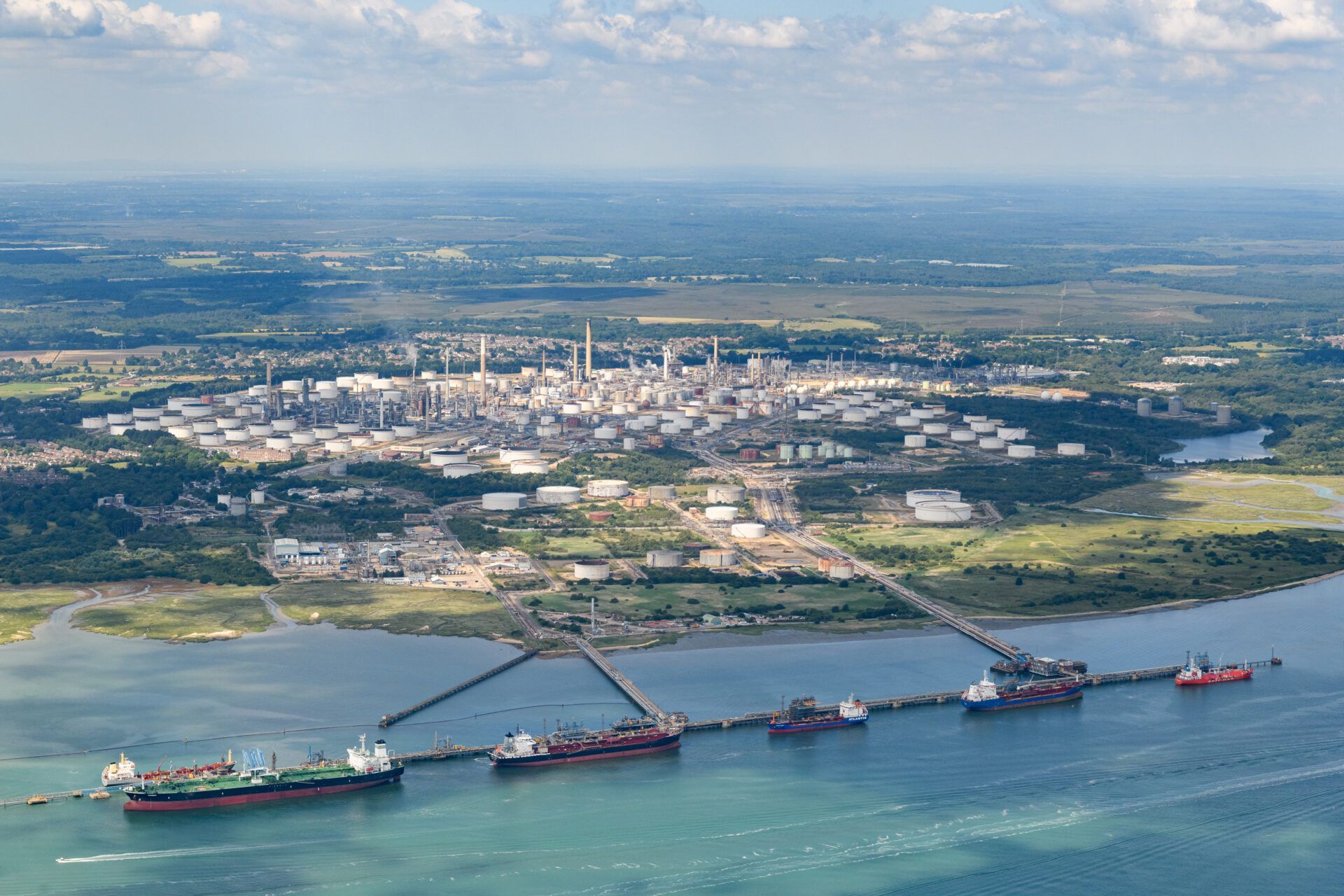In longstanding infrastructure, when equipment was first installed, safety limits adhered to the standards of that era, including temperature thresholds. However, the unprecedented annual temperature increases experienced in recent years due to global warming were beyond anyone's expectations and this has led to a reassessment of these values.
Extreme temperature events such heatwaves have become more frequent, with 2022 seeing record temperatures of 40.3 °C in the UK. It is therefore imperative that data is collected and analysed to get a deeper insight into how temperature rises affect plant components and whether the limits of their operation need to be reestablished.
Temperature sensors are widely used within industrial plants, and they are a key component when it comes to assessing the health and operation of the plant. In many cases, temperature data has been recorded and stored for many years although often these records are not centralised, and they are not readily accessible. This data has not been analysed or properly collated in a database. Additionally, lower-level temperature measurement of specific plant components has been neglected, as temperatures once deemed 'extreme' were considered unattainable. With recent temperature changes, many plant operators now recognise the need to access and analyse their data records or install additional temperature sensors, as some components may occasionally reach their safety limits and require monitoring.
To dive deeper into how temperatures affect components, additional sensors and local weather stations need to be installed. These can offer a more in-depth analysis of the relationship between internal, external and component temperatures. The data needs to be readily accessible to enable regular analysis. By making data accessible, extra functionality can be unlocked such as real-time data dashboards, digital twins and prediction models that are part of modern industrial plants. These can be used for more than just temperature assessments but to gather real-time insights into the overall plant health.
By accessing the historical internal and external temperature data, areas at risk or hotspots can be identified. Clusters of similar ambient conditions can be located in the historical data. These can be used to assess how weather conditions affect the inside temperatures and assign a risk measure to each cluster. This analysis aims to determine which factors affect the internal temperature and help put appropriate measures in place. It allows to understand internal temperature ranges and how they are affected by external temperature changes – particularly heatwave events.
Moreover, temperature thresholds can be assigned, and they can be converted into an alert system to put appropriate cooling measures in place. It also allows to know what the temperature profile could look prior to a heatwave event.
Climate change is posed to bring many extreme temperature events and challenges, and only by making sure that data is utilised smartly and efficiently, we can ensure industrial plants robustness and reliability. Ada-Mode has been working with a large UK based zero-carbon power generator to access their historical records to provide an in-depth analysis of their existing data as well as building bespoke data tools that allows them to bring their data sources together and provide feedback on the plant operation.
These solutions have allowed operators to not only understand their data but also to make informed decisions into what new instrumentation needs to be installed and what the way forward is to automate their data processes to unlock real-time insights. This has greatly increased plant resilience and strengthened the position of UK power network to provide reliable zero-carbon base-load power in extreme summer temperatures.



